In today’s fast-paced digital world, automation is key to enhancing productivity and streamlining business processes. Workflow automation tools like Pabbly and Zapier have gained popularity for their ability to integrate multiple apps and automate repetitive tasks, freeing up valuable time for businesses.
[button-red url=”https://digitalmarketerr.com/recommends/pabbly/” target=”_blank” position=”center”]🔥Try Pabbly Now[/button-red]
But when it comes to choosing between Pabbly and Zapier, the decision can be challenging due to the unique features, pricing, and capabilities each platform offers.
[button-red url=”https://zapier.com/” target=”_blank” position=”center”]🔥Try Zapier Now[/button-red]
In this detailed comparison, we will explore both Pabbly and Zapier in depth, covering their features, pricing, and FAQs to help you decide which tool suits your business needs best.
Overview of Pabbly and Zapier
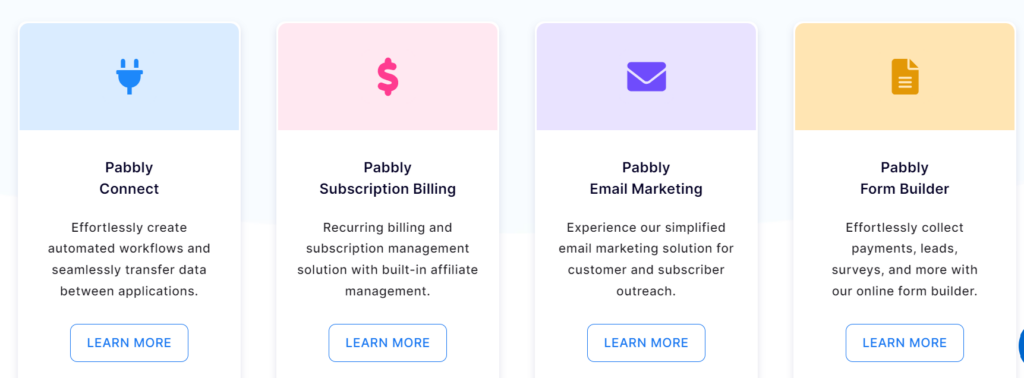
Pabbly is a comprehensive automation suite that offers workflow automation, email marketing, form building, and subscription billing.
Pabbly Connect, its automation tool, integrates with 850+ applications, providing businesses with extensive options to streamline operations.
Known for its cost-effective pricing and unlimited automation workflows, Pabbly is an excellent choice for small to medium-sized enterprises looking for an affordable automation solution.
[button-red url=”https://digitalmarketerr.com/recommends/pabbly/” target=”_blank” position=”center”]🔥Try Pabbly Now[/button-red]
Zapier, on the other hand, is one of the most popular workflow automation tools in the market, connecting over 5,000 apps.

Its intuitive drag-and-drop interface allows users to set up “Zaps” (automated workflows) effortlessly, even without technical expertise.
[button-red url=”https://zapier.com/” target=”_blank” position=”center”]🔥Try Zapier Now[/button-red]
Zapier’s robust integration options and advanced functionality make it the go-to solution for businesses that need to automate complex processes across multiple applications.
Features of Pabbly and Zapier: A Detailed Comparison
Let’s dive deeper into the features of both platforms to understand how they stack up against each other.
1. Integration Capabilities
Pabbly:
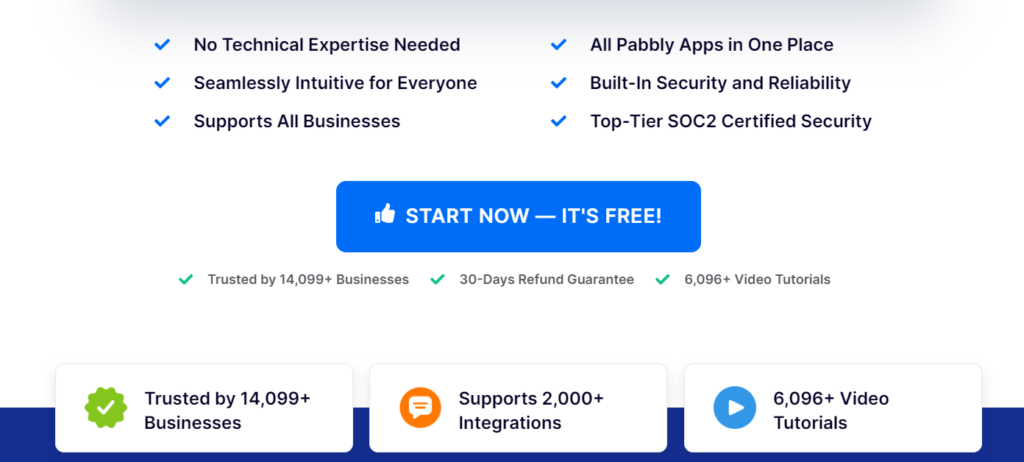
Pabbly Connect supports integrations with 850+ applications, covering various categories such as eCommerce, marketing, CRM, social media, and more.
Pabbly focuses on providing in-depth integrations with popular tools like Google Sheets, WooCommerce, Mailchimp, and Slack.
With Pabbly, users can create multi-step workflows that involve multiple triggers, actions, and conditions, allowing for more complex automation processes.
[button-red url=”https://digitalmarketerr.com/recommends/pabbly/” target=”_blank” position=”center”]🔥Try Pabbly Now[/button-red]
- Key Highlights:
- Multi-Step Workflows: Create complex workflows with multiple steps, triggers, and filters.
- Conditional Logic: Implement if/else conditions to control how data flows through different paths.
- Custom Webhooks: Easily integrate custom applications using webhooks for tailored automation.
Zapier:

Zapier is known for its vast integration library, boasting over 5,000+ app integrations. It covers virtually every category, from CRM systems and email marketing tools to project management software and communication platforms.
[button-red url=”https://zapier.com/” target=”_blank” position=”center”]🔥Try Zapier Now[/button-red]
Zapier’s “Zaps” can also be multi-step, allowing for advanced automation processes that span across different applications.
- Key Highlights:
- Drag-and-Drop Builder: Create Zaps with a user-friendly interface, making it accessible for non-technical users.
- Multi-App Zaps: Chain multiple apps together for complex automation workflows.
- Custom Code Integration: Use JavaScript or Python within a Zap for custom processing, enhancing its flexibility.
Winner: Zapier takes the lead in terms of sheer number of app integrations. However, Pabbly’s integrations are well-suited for businesses focusing on marketing, CRM, and eCommerce.
2. Workflow Automation
Pabbly:
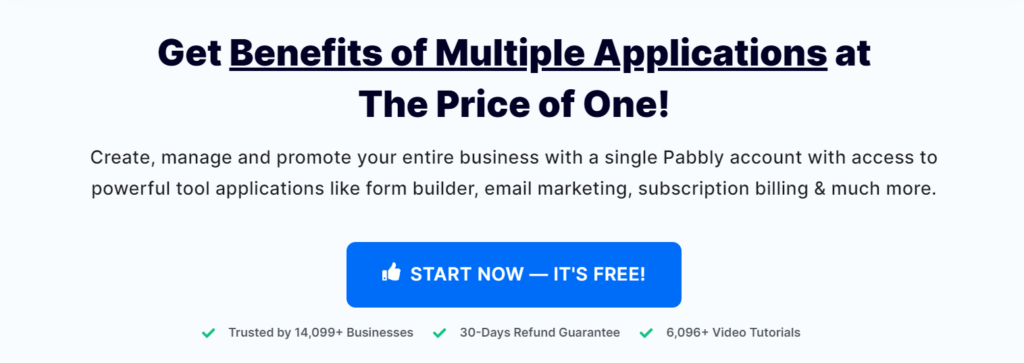
Pabbly Connect provides users with the ability to create both instant and scheduled workflows, making it ideal for businesses requiring real-time automation as well as time-based scheduling. Its automation can include various conditions, filters, formatters, and multi-step actions, offering flexibility in how tasks are executed.
[button-red url=”https://digitalmarketerr.com/recommends/pabbly/” target=”_blank” position=”center”]🔥Try Pabbly Now[/button-red]
- Key Highlights:
- Instant Triggers: Allows workflows to run in real-time based on specific triggers.
- Scheduler: Automate tasks based on a defined schedule, such as daily, weekly, or monthly intervals.
- Data Formatting: Transform data using text, numbers, date formatting, and more to fit the requirements of different applications.
Zapier:
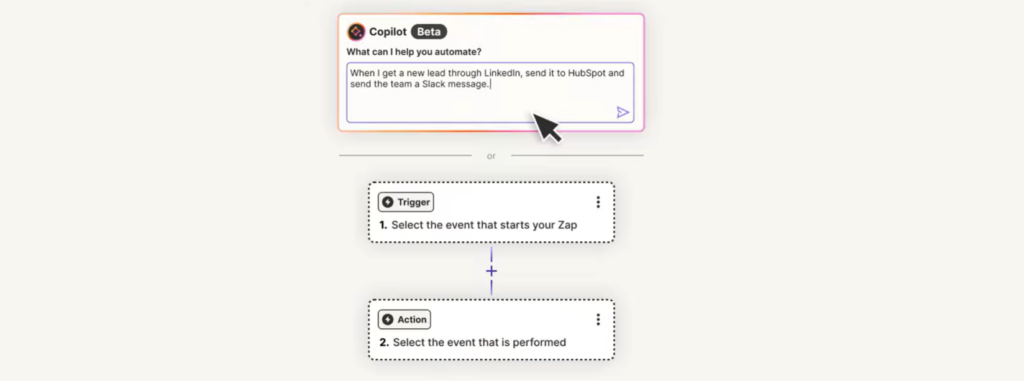
Zapier excels in its user-friendly workflow automation with a straightforward setup process. Its visual editor makes it easy for users to create workflows without needing coding knowledge.
Zapier’s automation can handle complex workflows with multiple steps, filters, and paths.
- Key Highlights:
- Zap Editor: Build Zaps using a simple, visual editor that guides users through each step.
- Conditional Logic: Apply filters and paths to direct the flow of tasks based on specific conditions.
- Task History: Provides detailed logs of all automated tasks for easy troubleshooting and optimization.
Winner: Both platforms offer robust automation features, but Zapier’s intuitive editor makes it slightly more accessible for beginners.
3. User Interface and Usability
Pabbly:
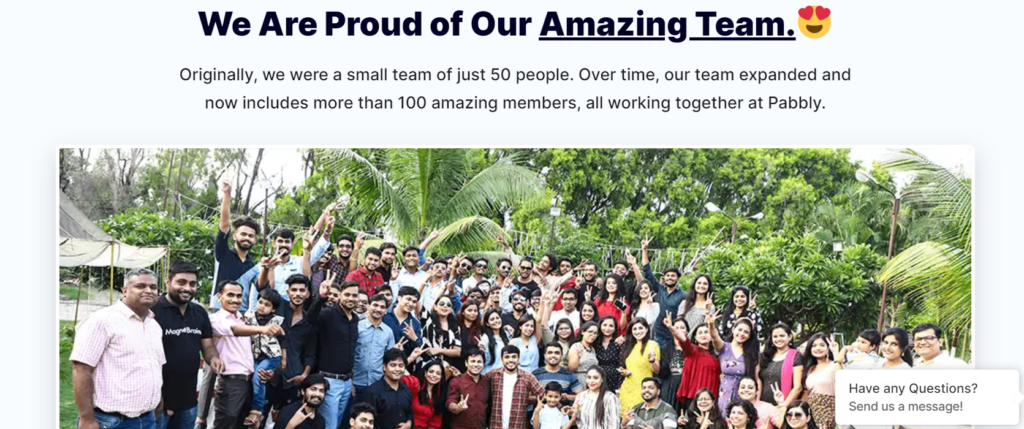
Pabbly Connect has a clean and straightforward interface that focuses on ease of use. The dashboard provides quick access to all features, including automation, integrations, and history logs.
Although it might not be as visually polished as Zapier, its simplicity is appealing to those who prefer a no-frills approach to automation.
Zapier:

Zapier’s user interface is one of its strongest selling points. The drag-and-drop Zap editor is designed to make automation accessible to everyone, regardless of technical skills.
Its visual cues, guided setup, and clear instructions help users create and manage Zaps effortlessly.
Winner: Zapier wins in terms of user interface and ease of use due to its polished and beginner-friendly design.
4. Pricing
Pabbly Pricing:
Pabbly Connect offers several pricing plans with unlimited workflows and no restrictions on the number of steps in each workflow:
- Free Plan: 100 tasks/month.
- Standard Plan: $19/month for 12,000 tasks.
- Pro Plan: $37/month for 24,000 tasks.
- Ultimate Plan: $57/month for 50,000 tasks.
- Custom Plans: Available for businesses needing more than 50,000 tasks.
Key Benefits:
- Unlimited Workflows: All plans allow for unlimited automation workflows.
- Affordable Pricing: Suitable for small businesses and those on a budget.
[button-red url=”https://digitalmarketerr.com/recommends/pabbly/” target=”_blank” position=”center”]🔥Try Pabbly Now[/button-red]
Zapier Pricing:
Zapier’s pricing structure is based on the number of tasks and features accessible in each plan:
- Free Plan: 100 tasks/month, with single-step Zaps only.
- Starter Plan: $19.99/month for 750 tasks.
- Professional Plan: $49/month for 2,000 tasks.
- Team Plan: $299/month for 50,000 tasks.
- Company Plan: $599/month for 100,000 tasks.
[button-red url=”https://zapier.com/” target=”_blank” position=”center”]🔥Try Zapier Now[/button-red]
Key Benefits:
- Flexible Pricing: Offers plans to suit different business sizes.
- Advanced Features: Access to features like multi-step Zaps and custom integrations at higher tiers.
Winner: Pabbly offers more affordable pricing with unlimited workflows, making it a cost-effective solution for budget-conscious businesses.
However, Zapier provides more advanced features at higher price points, catering to larger businesses.
Frequently Asked Questions (FAQs)
Q1: Which platform has more app integrations?
Zapier has over 5,000+ integrations, while Pabbly Connect offers 850+ integrations.
Q2: Does Pabbly Connect offer a free plan?
Yes, Pabbly Connect provides a free plan with 100 tasks per month.
Q3: Can I create multi-step workflows with both tools?
Yes, both Pabbly Connect and Zapier support multi-step workflows for advanced automation.
Q4: Which tool is more cost-effective?
Pabbly is more affordable, especially for businesses needing unlimited workflows and tasks.
Q5: Can I use custom code in my workflows?
Yes, Zapier allows the use of custom code (JavaScript/Python) for enhanced functionality within Zaps.
Q6: Does Pabbly Connect support real-time triggers?
Yes, Pabbly Connect provides instant triggers for real-time workflow automation.
Q7: Is Zapier easier to use than Pabbly Connect?
Yes, Zapier has a more intuitive, beginner-friendly interface, making it easier for non-technical users.
Q8: Are there any lifetime deals available for Pabbly?
Yes, Pabbly occasionally offers lifetime access deals, making it a one-time investment.
Q9: Which platform provides better customer support?
Both Pabbly and Zapier offer comprehensive customer support, but Pabbly is known for its personalized assistance.
Q10: Can I get custom plans with Zapier?
Yes, Zapier offers custom plans, primarily for large-scale businesses with specific needs.
Conclusion: Which One Should You Choose?
When comparing Pabbly and Zapier, both tools present strong cases for businesses seeking automation solutions, yet they cater to slightly different needs and priorities.
Pabbly emerges as a robust and cost-effective option, especially for small to medium-sized businesses looking to streamline their workflows without the burden of high recurring costs.
Its standout feature is its unlimited workflow creation, which is offered across all its pricing plans. This flexibility allows businesses to automate numerous processes without worrying about exceeding limits or incurring extra fees.
Pabbly also includes key features like multi-step workflows, conditional logic, and custom webhooks. Although its integration library is smaller, with 850+ supported apps, it covers the most popular tools needed for marketing, eCommerce, CRM, and project management.
Additionally, Pabbly’s occasional lifetime deals provide excellent value, making it an appealing option for those who prefer a one-time investment.
On the other hand, Zapier stands out for its extensive integration library, connecting with over 5,000+ applications.
This makes Zapier the go-to choice for businesses with more complex integration requirements or those using niche tools. Zapier’s user-friendly interface with its drag-and-drop editor offers a seamless experience for non-technical users to create sophisticated automation workflows.
Its advanced features, such as custom code integration, real-time triggers, and multi-app Zaps, give businesses the flexibility to automate nearly any task.
However, this flexibility comes at a higher cost, particularly for premium plans that include advanced functionalities.
Zapier’s tiered pricing can become expensive for businesses needing a large number of tasks each month, making it more suitable for larger enterprises or those with specific, advanced automation needs.
In Summary:
- Choose Pabbly if you:
- Want a cost-effective solution with unlimited workflow creation.
- Require core automation features like multi-step workflows, conditional logic, and real-time triggers.
- Use popular marketing, CRM, eCommerce, and project management tools.
- Prefer a one-time investment through lifetime deals.
[button-red url=”https://digitalmarketerr.com/recommends/pabbly/” target=”_blank” position=”center”]🔥Try Pabbly Now[/button-red]
- Choose Zapier if you:
- Need access to an extensive range of integrations (5,000+ apps).
- Want a user-friendly interface with guided workflows.
- Require advanced automation capabilities, such as custom code integrations and complex multi-app Zaps.
- Are willing to invest in a higher-priced plan for premium features and large-scale automation.
[button-red url=”https://zapier.com/” target=”_blank” position=”center”]🔥Try Zapier Now[/button-red]
Final Thoughts: Both Pabbly and Zapier are powerful automation tools that can transform how businesses operate. If budget and unlimited automation are your primary concerns, Pabbly is an excellent choice.
However, if app variety, ease of use, and advanced automation take priority, Zapier will provide the flexibility and comprehensive solutions you need. Ultimately, the decision depends on your specific business requirements, existing tech stack, and budget considerations.
